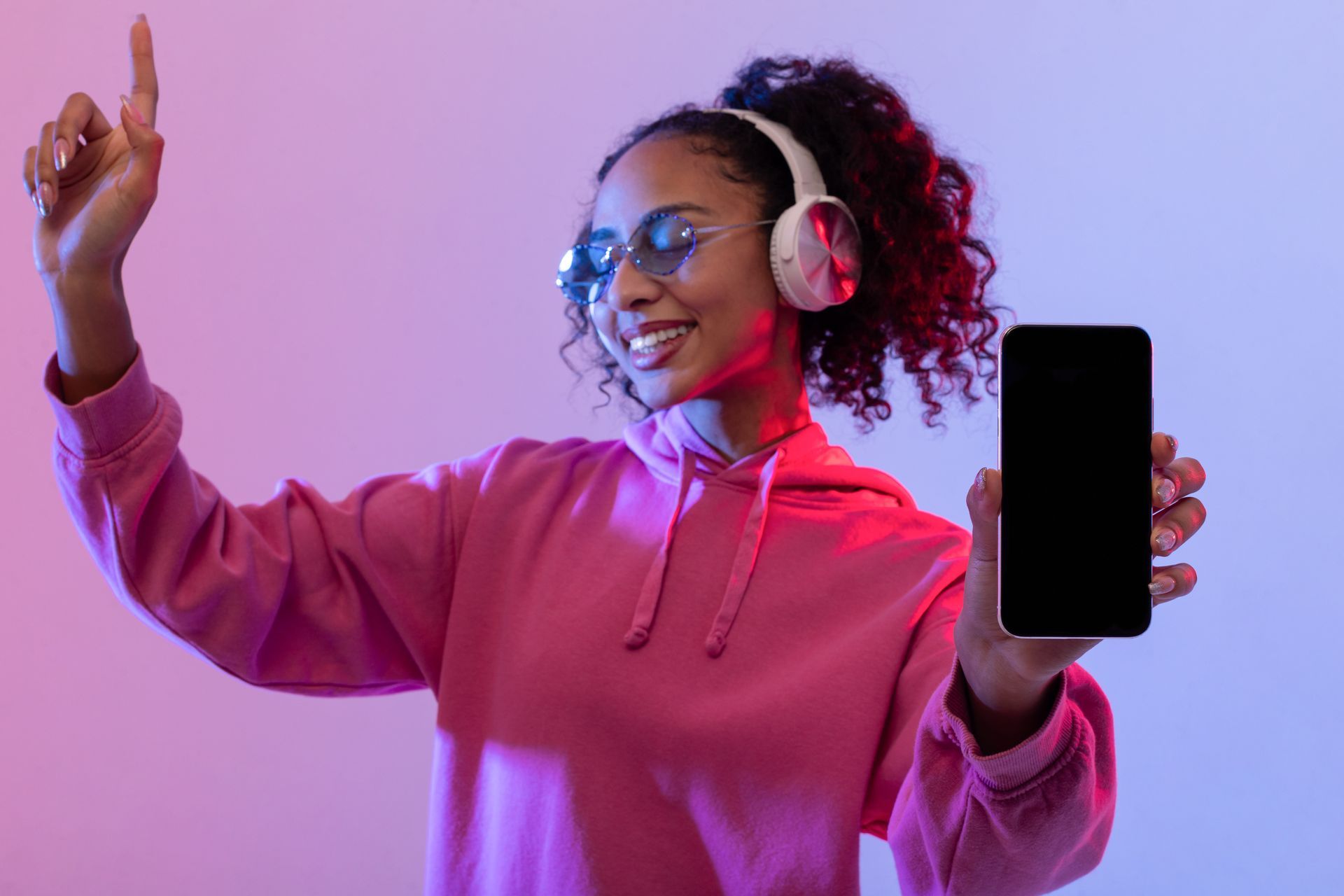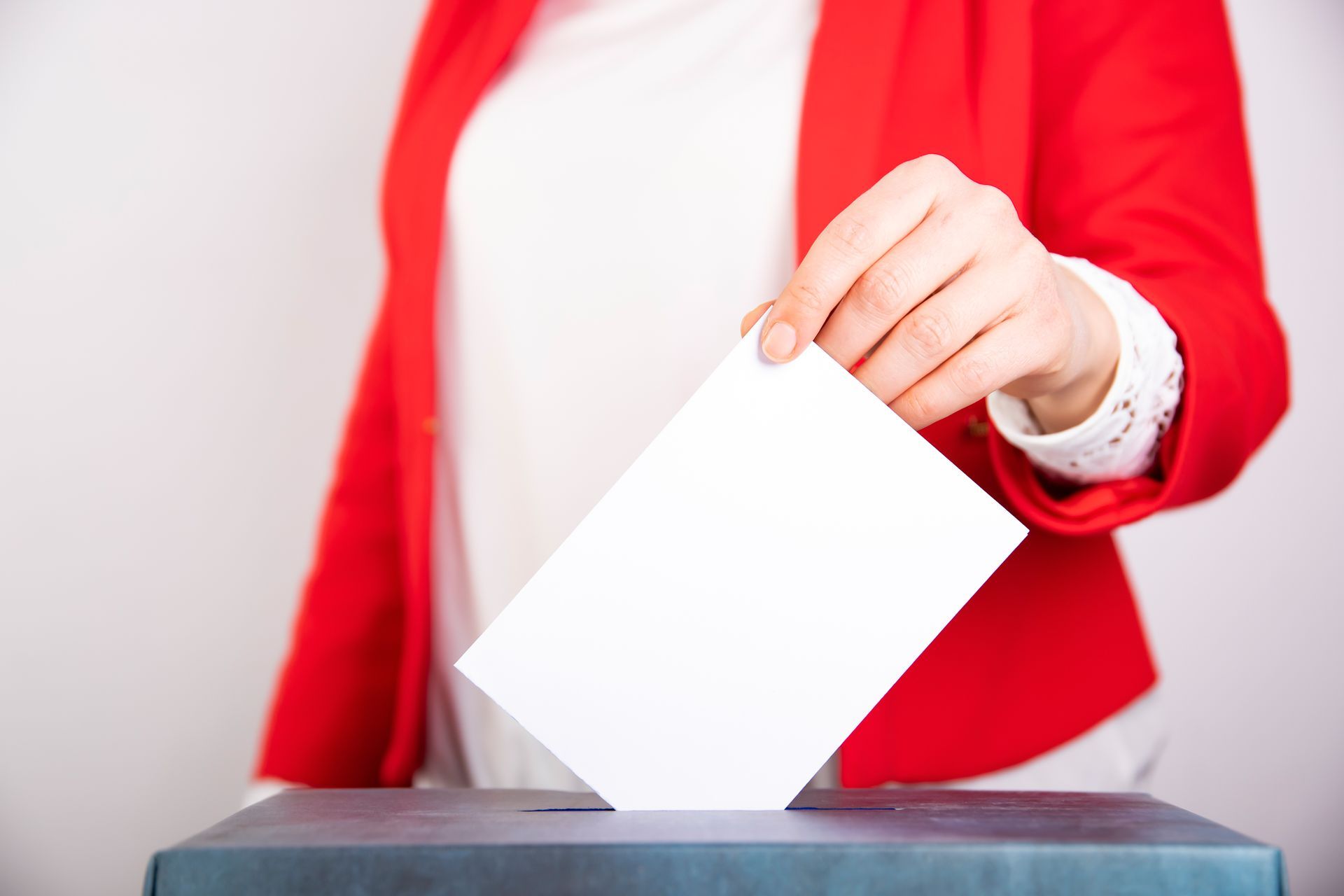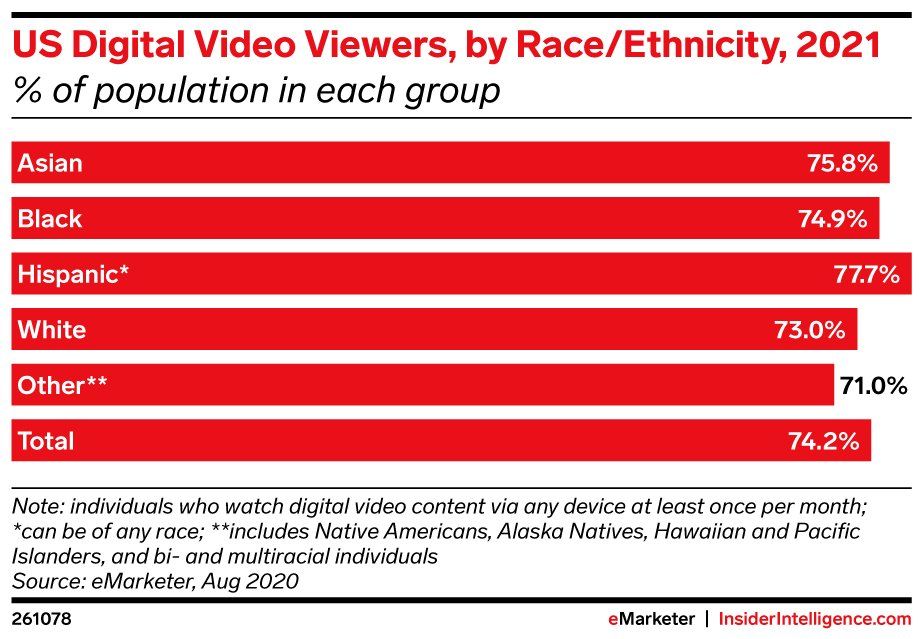5 Reasons Your Business Needs to Be Running Multicultural Marketing Campaigns
The future is multicultural -- and you’re doing your business a major disservice by not having a strategic multicultural marketing plan in place. Continue reading to learn 5 key reasons your business needs to be using multicultural marketing campaigns as a part of your overall digital marketing strategy.
Here’s a recap of what we’ll be discussing:
- 1. Multicultural Audiences Are Rapidly Growing, Making Multicultural Marketing Campaigns a Valuable and Necessary Long Term Investment
- 2. Spending Power is Increasing Across Multicultural Audience Segments
- 3. Businesses With Culturally Relevant Multicultural Marketing Campaigns Get Better Business Results
- 4. The Future is Digital -- and Multicultural Groups Are Leading the Pack in Digital Use
- 5. Developing a Year-Round Multicultural Marketing Strategy Can Position Your Business Ahead of the Competition
- How to Get Started with Multicultural Marketing
Questions or comments?
Contact us!
1. Multicultural Audiences Are Rapidly Growing, Making Multicultural Marketing Campaigns a Valuable and Necessary Long Term Investment
Aside from making a positive impact by making a dedicated effort to reach multicultural audiences, multicultural marketing campaigns are good business. A report by the Association of National Advertisers Alliance for Inclusion and Multicultural Marketing shows that investing in multicultural marketing is a win-win for all parties involved.
Demographics are undeniably changing in the U.S. Check out the staggering statistics below to see why you need to be investing in reaching multicultural audiences:
- Multicultural segments (all ethnic segments except White Non-Hispanics), currently make up 40% of the U.S. population.
- While the White Non-Hispanic population declined by 55,000 in 2016 and is expected to continue this descending pattern, the Multicultural population is projected to increase by 2.3 million each year before becoming the majority in the next 25 years.
- Diversity is increasing rapidly with each generation. According to Nielsen, of the 75 million millennials in America, 42% of them are Multicultural -- and the percentage is even higher among Generation Z.
- Multicultural consumers skew younger and have a higher life expectancy, living longer than their White Non-Hispanic counterparts. Because of this, their lifetime value as consumers is higher than the White Non-Hispanic audience segment.
2. Spending Power is Increasing Across Multicultural Audience Segments
As multicultural audiences continue to grow in number, their buying power is growing along with them. This rings especially true for Hispanic, African American, and Asian American audiences. In 2018, U.S. Hispanic buying power surpassed $1.5 trillion, African American $1.2 trillion, and Asian American $1 trillion.
Of these groups, the two fastest U.S. buying power growth segments are Hispanics, whose buying power is growing almost twice as fast as White Non-Hispanics, and Asian Americans, whose buying power is growing roughly 2.2 times faster than White Non-Hispanics.
Spending power is increasing across the board for multicultural consumers, and certain categories have seen massive gains:
- 93% of the U.S. growth in home improvement, 76% of the growth in small business, 73% of the growth in smartphones bought, and 79% of luxury car purchase growth came from Hispanic consumers.
- Hispanics over-index on food and groceries, clothing, auto insurance, and wireless services. African-Americans over-index on shoe purchases and wireless services, while Asian Americans over-index on dining out, public transportation use, housing, and education.
- A Culture Marketing Council study reported that, “on average, a five-point shift in allocation from English media to Hispanic media would generate incremental growth rates of 3.3 to 8.9 points per year in CPG, financial and insurance, and automotive sector companies.”
- 100% of the growth in compact cars, minivans, and midsize SUVs came from African-American consumers.
- 100% of the U.S. growth in personal student loans and 61% of new investors in stock came from Asian American consumers.
3. Businesses With Culturally Relevant Multicultural Marketing Campaigns Get Better Business Results
Culturally Relevant Marketing Can Make Consumers More Likely to Choose Your Business
Multicultural consumers are paying attention to culturally relevant ads -- and noticing when businesses miss the mark. Including a dedicated multicultural marketing strategy can make all the difference, no matter which industry your business is a part of.
Despite multicultural consumers representing almost half (40%) of the total population, Multicultural Media investments comprise only
5.2%
of total advertising and marketing revenues. With many brands and businesses failing to take the time to connect with multicultural consumers, audiences are hungry for diverse and culturally relevant ads.
Given the lack of representative ads, those who do take the time to reach out and connect with multicultural consumers can reap the rewards. The
ANA’s AIMM Cultural Insights Impact Measure
found that consumers who perceive ads as “culturally relevant” are a whopping 2.6 times more likely to find the brand relevant to them, and are 2.7 times more likely to purchase a brand for the first time. Plus, these consumers are 50% more likely to repurchase a brand they have bought in the past.
Consumers Aren’t Afraid to Cancel Culturally Illiterate Brands and Brands Who do Not Make an Effort
Since consumers are tired of not being included in ads from brands and businesses, they're also just as likely to quit or cancel brands that don't measure up.
More than half
of people ages 13 to 49 have quit a culturally illiterate brand. What counts as culturally illiterate, you may ask? Brands and businesses that have culturally disrespect them or other racial/ethnic groups, or ignore those that do not speak to them at all, will make a point to quit these brands and actively seek out other options.
Meaningfully connecting with multicultural audiences provides better business results, and as more brands and businesses begin to catch on to this trend, the sooner you can get started with multicultural marketing, the better.
Learn more about
how to pick the perfect multicultural marketing agency for your business by reading our post
on the topic!
4. The Future is Digital -- and Multicultural Groups Are Leading the Pack in Digital Use
There’s no doubt that the past year has seen monumental gains in digital usage -- but did you know that multicultural audiences, specifically Hispanics, are leading the pack?
One area that has seen major growth in particular has been digital video (video streaming, YouTube, Connected TV, etc.). Of all groups,
U.S. Hispanic audiences make up the highest number of video viewers,
with the remaining multicultural groups following right behind.
To those in the Hispanic digital marketing space, this is not surprising, considering that U.S. Latinos have already been over indexing in digital video viewing in the past several years.
Check out our post here for the full scoop on how to effectively reach Hispanic audiences via digital video streaming.
Long story short, U.S. Latino audiences are spending lots of time on their digital devices across all platforms, while traditional advertising methods are becoming less popular. See the chart below for more info!
5. Developing a Year-Round Multicultural Marketing Strategy Can Position Your Business Ahead of the Competition
For multicultural marketing campaigns to be as effective as possible, they should be developed with a strategic year-round plan in mind. Consumers can easily tell when businesses treat them as a one-off -- especially if they’re only reaching them once a year.
As social issues continue to be at the forefront, the importance of genuine inclusivity has never been more crucial. For example, 2020 was a major year for the Black Lives Matter movement, with many brands and businesses speaking out about racial injustices as a result. Unfortunately, many of these businesses fell short when it came to following through and actually championing for diversity, inclusion, and positive change.
While some made empty promises, and ultimately were only looking to profit off of the publicity of the moment, brands that have succeeded in making a difference have kept the following tips in mind:
- Don’t only reach out to multicultural consumers for a day or a month of the year -- it should be a year-long commitment. Go beyond Hispanic Heritage Month, Black History Month, and any other one-off celebrations to show you truly care. Read our post about Hispanic Heritage month for an in-depth look.
- Center multicultural stories and perspectives. Yes, your goal is to grow your business, but this isn’t the time to make it only about you -- and consumers can tell when multicultural marketing isn’t being executed authentically.
- Get it right the first time by calling upon multicultural marketing professionals. It can make all the difference in taking a nuanced and culturally relevant approach to your marketing strategy (Learn how we do it)
How to Get Started with Multicultural Marketing
Ultimately, multicultural marketing is a necessity in today’s world. As the U.S. becomes increasingly multicultural and as multicultural audiences continue to make strides, connecting with them now is an essential component of a solid long term marketing strategy.
Interested in getting started, or simply want to learn more? Feel free to
contact us
or
find a location near you
to see how our expert digital marketing consultants can help you find the
right digital solutions and creative cultural messaging for your business to succeed.
Interested in learning more about Hispanic marketing? Be sure to
download a free copy of our Intro to Hispanic Digital Marketing eBook!
General questions or comments? Contact us -- we’d love to hear from you!















